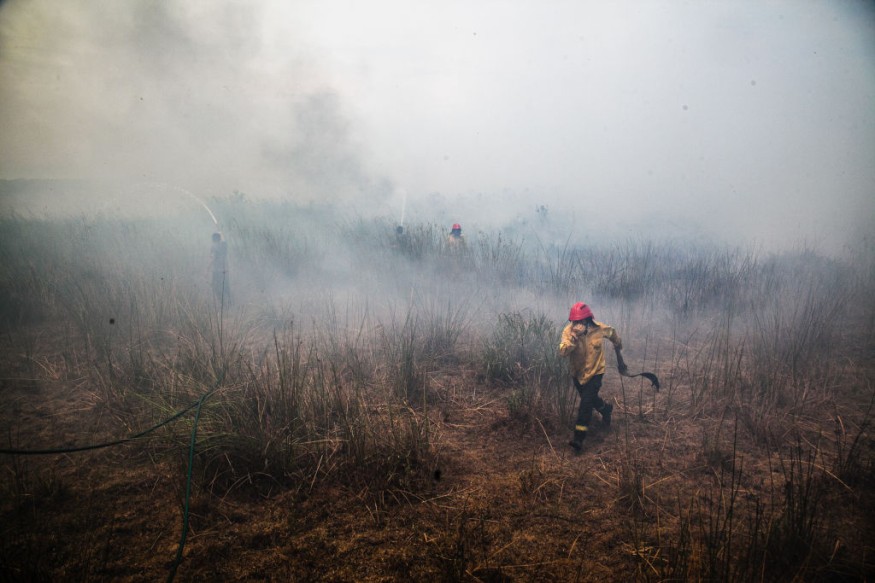Wildfires have been occurring in the drought-stricken region of the Western US for years.
A new study claimed that smoke from these fires has contributed to air pollution due to its unhealthy air pollutants, threatening millions of lives and undermining previous climatic and environmental efforts.
Western Wildfires

Wildfire emissions have elevated and changed the pattern of air quality per year, said Rebecca Buccholz, a scientist from the National Center for Atmospheric Research (NCAR), which published the new research in the journal Nature Communications, as cited by AccuWeather.
Buccholz pointed out the sudden increase of pollutants such as carbon monoxide in August 2021, a period when the said gas is historically low.
Although it is not considered a significant health hazard, other harmful pollutants like aerosols and ground-based ozone are of the greatest concern.
The findings are considered to be alarming since carbon monoxide has been reportedly decreasing across North America and worldwide through advancements in air pollution-driven technologies, said the NCAR scientist.
IPCC Report
According to the Intergovernmental Panel on Climate Change (IPCC) report in 2021, fire seasons, since the 1980s, have increased by almost 20% in length and further wildfires may occur 30% more frequently by the year 2050, as cited by Plume Labs Founder Romain Lacombe who told AccuWeather.
Lacombe added that these blazes may release an estimated average of 2.2 gigatons of carbon into the air each year.
Wildfires and Climate Change
Multiple research attributes human activities, such as the burning of fossil fuels from oil and gas in various industries, as the greatest contributors to climate change and global warming in modern history.
However, natural phenomena like wildfires are also contributors to the heating of the Earth.
The mentioned IPCC report highlights that wildfire emissions are also a significant source of greenhouse gases (GHGs), such as carbon dioxide, nitrous oxide, and chlorofluorocarbons.
These GHG gases accelerate the natural process of the greenhouse gas effect where trapped vapors absorb solar heat.
This premise of increasing wildfire threat in the US is made evident by a separate study published in Science Advances in March, wherein researchers from the University of Colorado Boulder claim that since 2000, wildfires in the country have "quadrupled in size" and "tripled in frequency."
In addition, researchers from the Climate Central also issued a report in 2016 that the annual average wildfire season in the Western US was 105 days longer than it was in the 1970s, which burnt more than 1,000 acres of land area.
In California, the state's largest wildfire the "Dixie Fire" in 2021 burned almost a million acres affected the counties of Lassen, Shata, Plumas, and Tehama, and left a firefighter dead.
Although forest fires and bush fires are common in California and its surrounding region, the increasing coverage and intensity of wildfires over the years have been attributed to global warming.
Lastly, climate change is also notoriously known for causing a cascade of climatic effects, such as the increased frequency of droughts, extreme weather, and storms.
Related Article : US Wildfires are Becoming Larger and More Frequent Since 2000: New Study
© 2025 NatureWorldNews.com All rights reserved. Do not reproduce without permission.





